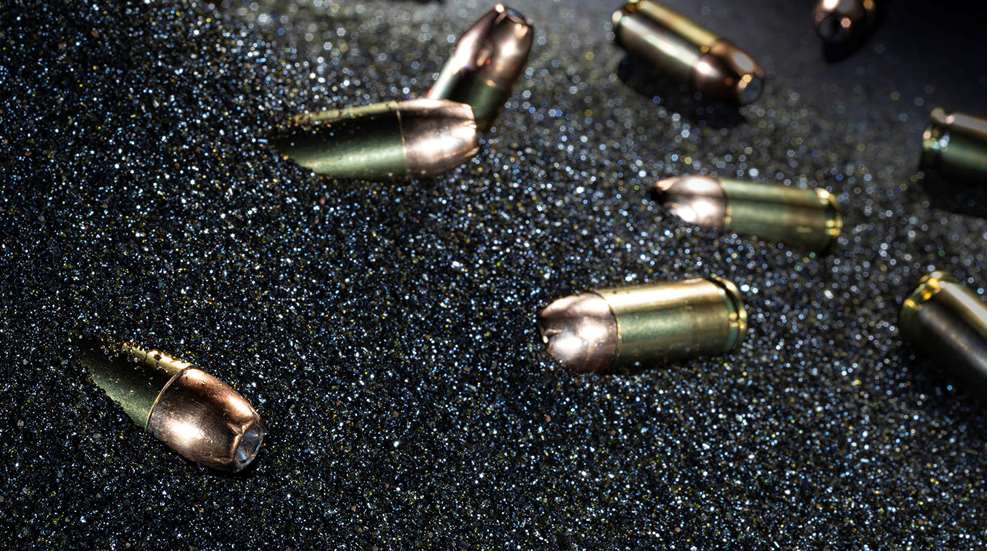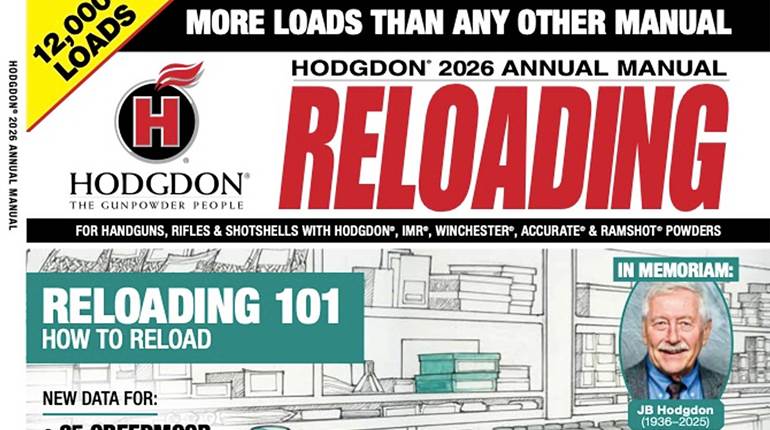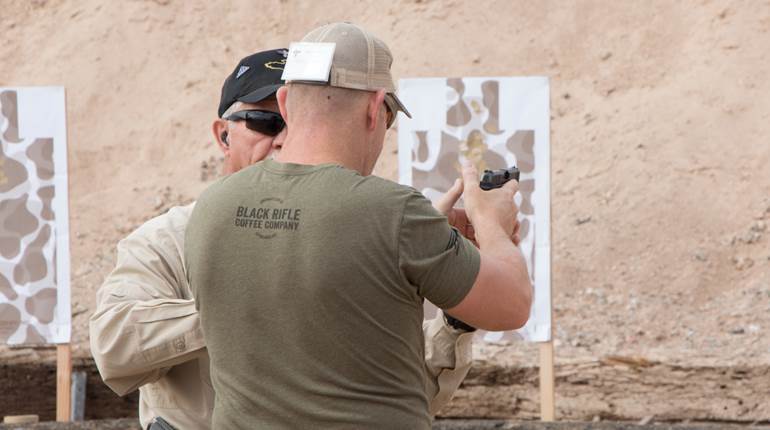
The U.S. Defense Advanced Research Projects Agency (DARPA) began researching additive manufacturing of propellants and explosives in 1999—a year before humanity thought it faced a Y2K-driven extinction horizon. We survived, but advances made by our military’s "Skunkworks," and those elsewhere, may someday spell the end for traditional smokeless powder in standard cartridges.
Additive manufacturing—often termed 3D printing—is a computer-driven system of fabricating three-dimensional material, or objects, one layer at a time. Propellant production in this manner is far removed from any inexpensive desktop procedure, requiring machinery and expertise that prevents entry by even large firms. Add the technology and safety procedures, and it’s likely to remain the exclusive realm of defense departments, huge conglomerates and highly financed scientists for years.
Although it’s in its infancy, it does signal a sweeping change coming for firearm enthusiasts. Less propellant, precise burn rates, improved reliability and enhanced performance are on the horizon—even if it’s a distant one. Here’s a quick look at the concept.
Reshaping The Charge
“The ability to 3D print propellants allows precise control of geometry and composition, which improves combustion behavior and energy content,” according to a paper published by the Journal of Materials Research and Technology in December 2023. “This technology could pave the way for customized and optimized propellants in various military systems.”
The advantages could, ultimately find their way onto FFL shelves as technology advances and major manufacturers find it profitable to do so. But how exactly is performance enhanced?
According to a research paper that appeared in September’s Science Direct, “Applying 3D printing in explosives and propellants fabrication enables precise performance control and accurate structure formation, revolutionizing traditional manufacturing concepts and improving continuous, automated, integrated, and flexible explosives and propellants manufacturing.” Sounds promising, but it requires more than just powder. “As key components in the 3D printing of explosives and propellants, adhesives/binders play a crucial role in determining the formation rate, stability, and structural integrity of explosive formulations,” according to the report.
One of the resins being used is polyurethane-acrylic acid. As for binder, hexanitrohexaazaisowurtzitane was mentioned, although the authors avoided a name that would never fly in a handloading catalog by reverting to its CL-20 shorthand.
It sounds like a sticky hazmat mess, regardless. The Department of Defense obviously considers it worth the headache.
“According to reports, the U.S. Department of Defense [DoD] has used 3D printing technology to fabricate various miniature initiating explosive components, complex-shaped gun propellants, solid propellants, and multi-point initiation explosive columns … ,” according to September’s paper.
Firearm-Specific Propellant
When it comes to cartridge propellants, the DoD is not alone in its decades old search for the ultimate “powder.” Scientists and companies are hard at work, too.
In 2013, for example, the National Academy of Applied Science accomplished the additive manufacturing “smokeless powder” feat. In 2017, the Netherlands Organization for Applied Scientific Research did the same using a different production method. In 2018, TNO, a company in Sweden, followed suit. Dozens of others are cited in the research journals.
The military, as always, is tight lipped about hurdles it has encountered or advances in production—if any. Civilian-based researchers, however, publish their results. One of the recurring problems they’ve publicly noted is binders often require long curing times. Some progress has already been noted on that front by increasing UV exposures at tightly controlled levels. Considering the CNC manufacturing already in place in every major firearm-related factory, that kind of stringent quality control is not beyond the big players in our industry.
The question is, when will it become financially viable for big companies to make the leap? With the speed at which suppressor companies have embraced the advantages of metal additive manufacturing, don’t be surprised if it’s embraced by some of the legends in the propellant and cartridge businesses sooner than later. It may not be introduced at the 2025 SHOT Show, but it’s another potential change looming somewhere out on the horizon.




































